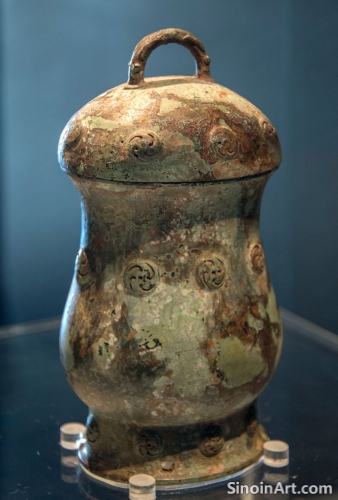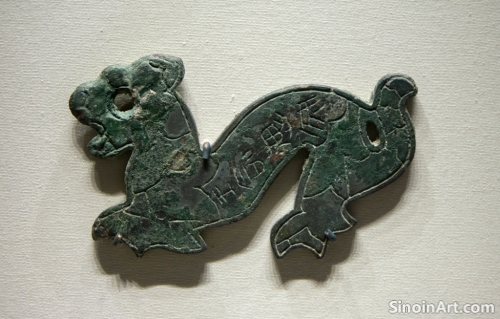The Use of Bronze in Ancient Chinese Water Control: Dams, Canals, and Irrigation Systems
|
Beyond its use in ritual and military contexts, bronze also played a crucial role in ancient Chinese hydraulic engineering, enabling the construction of water control systems, dams, canals, and irrigation networks that were essential for agricultural productivity and economic development. The careful use of bronze helped to improve the efficiency and reliability of large-scale water management systems. The engineering skill that went into these systems is a testament to the creativity of ancient Chinese engineers and craftspeople.  Bronze was used to create durable components for water management systems, including pipes, valves, and water gates, allowing for better control of water flow and distribution. The careful design of these items helped to enhance the effectiveness of water distribution for both agricultural and also daily life requirements. The precision with which these components were constructed is a hallmark of ancient Chinese engineering.  The use of bronze tools for surveying and construction was also essential for the design and implementation of large-scale irrigation projects. These tools were essential to ensure the long-term viability of these large-scale projects. The use of bronze made the design and execution of these projects much more reliable and effective.  The creation of these sophisticated water management systems helped to transform the landscape of ancient China, enabling the cultivation of vast areas of land, and helping to support the growth of towns and cities. The management of water resources was a crucial aspect of both agricultural practices and also the rise of complex societies. The study of bronze in ancient Chinese water control helps to illuminate the technological advancements, the careful planning, and the human ingenuity that was needed for large-scale construction and development. The systems created during this era represent some of the most impressive achievements of ancient engineering. |
Tag : bronze water control, ancient irrigation, Chinese hydraulics, dam construction, water management
Related information
- Bronze Vessels as Symbols of Ancestral Veneration: Connecting the Living and the Dead
- The Use of Bronze in Ancient Chinese Water Management Systems: Irrigation and Hydraulic Engineering
- Bronze Ware and Ancient Chinese Textile Production: Tools, Weights, and Decorative Embellishments
- The Craftsmanship Behind Chinese Bronze Ware: Techniques and Methods
- The Influence of Bronze Ware on the Development of Chinese Calligraphy: Forms, Styles, and Materials
This article explores the use of bronze vessels in ancestral veneration in ancient China, highlighting their role in connecting the living and the dead, honoring family lineages, and emphasizing the core values of ancestor worship.
This article explores the use of bronze in ancient Chinese water management systems, highlighting its role in irrigation, hydraulic engineering, and the creation of tools and components that helped to control and manage water resources for agriculture.
This article explores the use of bronze in ancient Chinese textile production, highlighting its role in creating tools, weights, and decorative elements, and showing how bronze helped to improve the efficiency and also the artistic expression in textile manufacturing.
This article explores the craftsmanship behind Chinese bronze ware, detailing the lost-wax casting method, the composition of bronze alloys, and the intricate techniques used to create the detailed designs, highlighting the technical mastery of ancient bronze workers.
This article explores the reciprocal influence between bronze ware and the development of Chinese calligraphy, highlighting how bronze inscriptions shaped early forms of writing, established foundational principles, and contributed to the overall evolution of calligraphic styles.